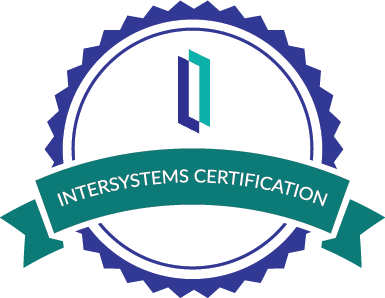Venga, a fracasar una nueva jornada de la Quiniela, ¡si es que ya no se puede confiar en ningún equipo de esta liga! Bueno, los madridistas podéis estar tranquilos, que mi estimado Valladolid no le va a suponer ninguna molestia.😭
Veamos qué partidos entran esta jornada, 21ª de Primera División y 24ª de Segunda:
.png)
Aquí tenemos las previsiones para Primera División:
.png)
Y Segunda:
.png)
Esto nos da la siguiente Quiniela:
.png)
¡A ver si nos reverdecemos los laureles de glorias pasadas!

 Once you and your team members have gained enough training and experience,
Once you and your team members have gained enough training and experience,